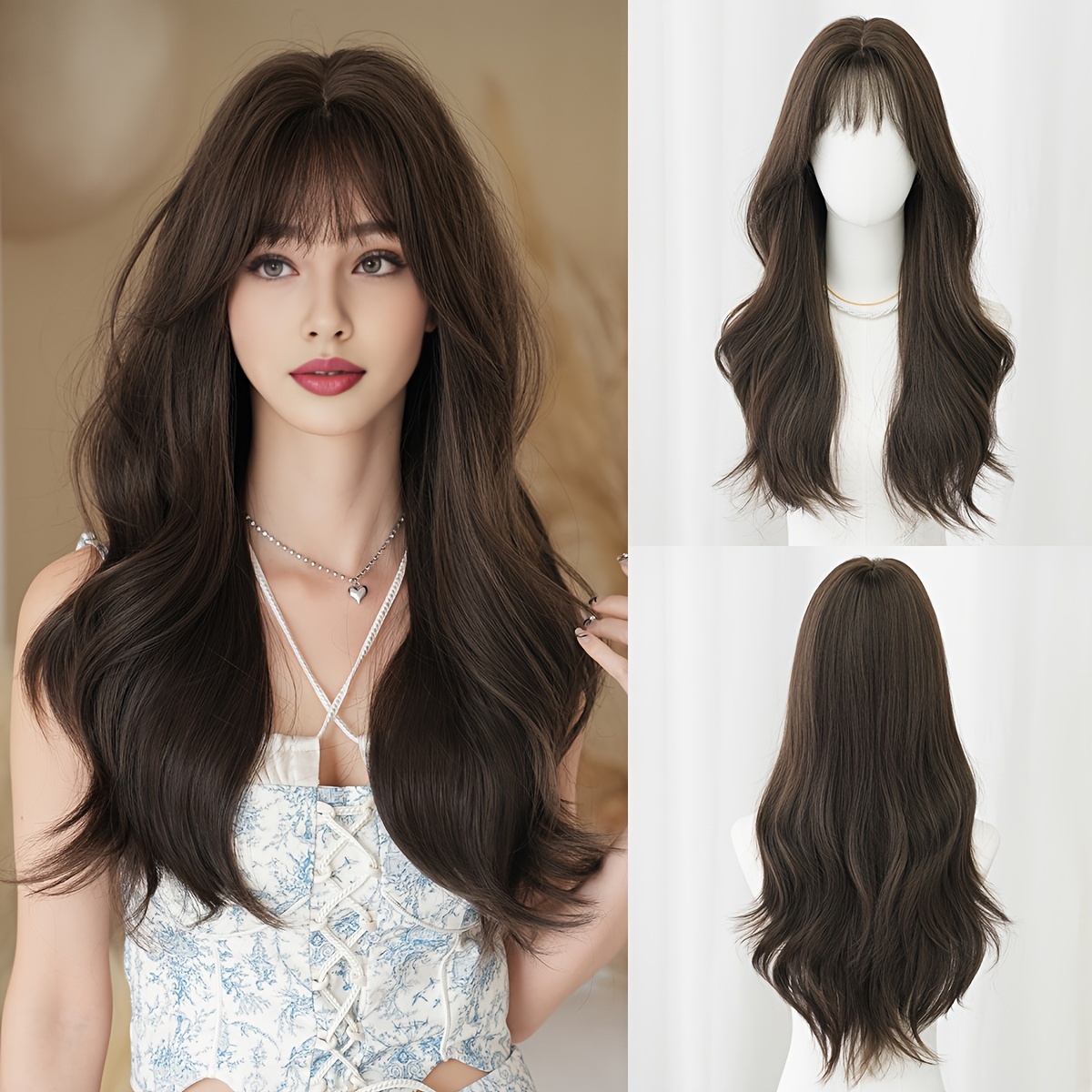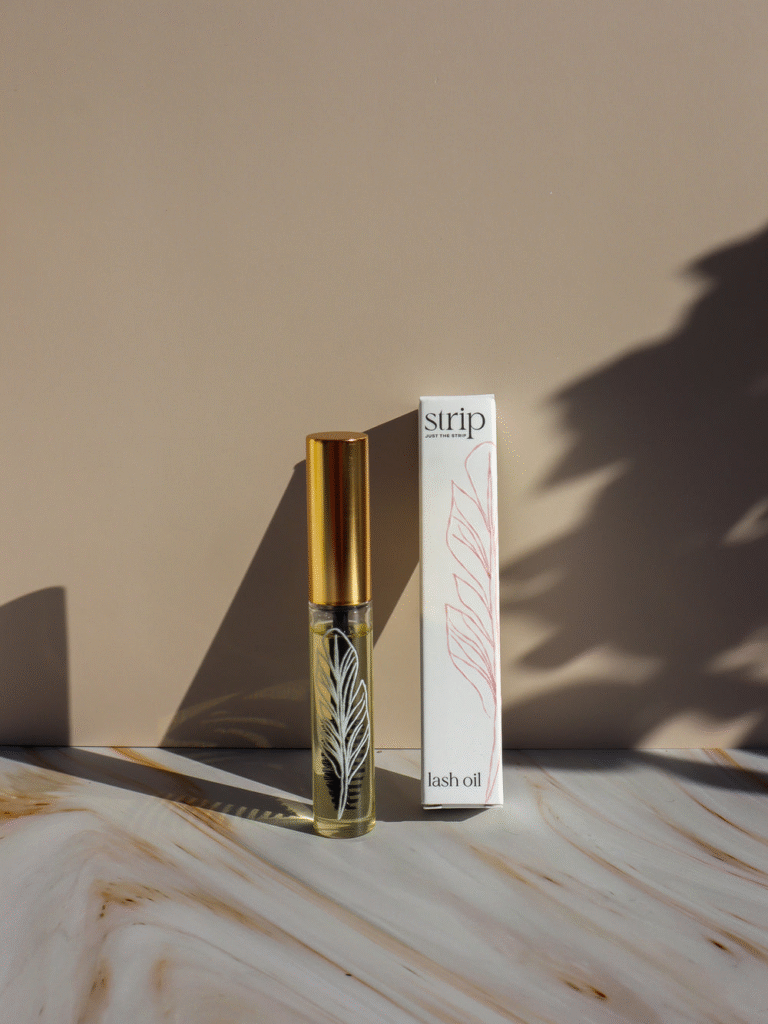
One of the most significant realizations in western magnificence in recent decades has undoubtedly been the swaths of inspiration we can draw from the Far East—from historic skincare traditions to ground breaking new systems and every little thing in between. But whilst a great deal of the emphasis has been on the 10-phase skincare routines of Korea and the extended list of incredible substances utilised by Japanese beauty manufacturers, there is a different Asian society whose practices have been influencing elegance and overall health around the globe for hundreds of years: that of India.
There, beauty rituals are created on thousands of several years of background and custom and have been lovingly handed down from technology to era. “An Indian home is generational, and in any house, you master by looking at,” claims Juhi Ash, a wellness and well being guru and the founder of New York’s Juhi Ash Heart. “As a youngster, I was revealed simplicity and routine when it comes to splendor by my mom and grandmother, who utilised ancient Ayurvedic traditions.” The roughly 7000-calendar year-old holistic therapeutic system, which in Sanskrit usually means “the science of lifestyle,” is based on the notion that optimum wellness and wellness rest in a sensitive stability of mind, overall body, and spirit, and its philosophy has also shaped each and every aspect of Indian elegance.
A holistic method.
“In its holistic approach to daily life, there is no separation involving intellect, human body, and soul, and equivalent emphasis on all 3 is the path to contentment,” notes Ash. “We appear to components like nutrition, yoga, and meditation to minimize levels of tension, which as I envision you have discovered, can display up on your face.” It is there that lies the key variance between the Western and Japanese approaches to magnificence, the wellness guru thinks: “the difference concerning hurry-up and gradual-down.”
In Ayurveda, natural beauty actually does go extra than pores and skin-deep, and its ‘less is more’ ideology extends to all areas of existence, from what you take in to how many hours of rest you get every night time. “Beauty begins from the inside, and from a young age, you are taught to take in selected foodstuff that assist with skin and hair wellness, for superior digestion,” explains Kiku Chaudhuri, cofounder of Ayurvedic haircare brand name Shaz & Kiks. “Using the energy of crops, herbal extracts, and plant-based oils to nourish your outer physique is also foundational in taking care of oneself.”
Rooted in nature.
The beloved (and ever more trendy) component turmeric, for occasion, has lengthy been applied in Indian delicacies for its anti-inflammatory qualities, but it can assistance brighten the pores and skin and combat hyperpigmentation as very well. Likewise, popular cooking oils, like coconut and amla, are often utilized in haircare to manage scalp overall health and lock in dampness, and rosewater is recognised to be a softening and brightening toner for pores and skin. “There are so lots of good tricks in Indian magnificence, and they are all derived from normal and Ayurvedic traditions,” suggests Reside Tinted founder Deepica Mutyala. “I use oils and turmeric products in my skincare regimen regularly.”
And it is this perception of custom, in reality, that is the a single legitimate common thread to all of Indian magnificence. “It is not monolithic,” Mutyala notes. “India is diverse—there are 22 official languages!—and it’s that cultural range that helps make it so unique. Gals across India specific natural beauty in so numerous distinctive techniques, but normally, they are guided by their figured out traditions.”
Also at perform in Indian magnificence methods is the inextricable hyperlink to mother nature that has marked the country’s heritage. “Indian society has traditionally been so intertwined with mother nature that numerous well known magnificence descriptions and phrases are comparisons to factors in mother nature that you can find in historical historic texts but are also even now common nowadays,” Chaudhuri factors out. “Common phrases in music, poems, and literature look at a beautiful woman’s face to the moon, her eyes to lotus petals, and prolonged dim hair to the night time. Our tradition is so previous and goes back again so lots of hundreds of yrs, but it is interesting to see how specified magnificence ideals have carried by means of the centuries.”
Evolving beauty ideals.
Still, it would be unachievable to examine the romantic relationship between Indian heritage and natural beauty devoid of acknowledging the outside elements of colonization and their impacts. “In India, as in a lot of elements of Asia, Eurocentric natural beauty expectations are nevertheless commonplace, and porcelain skin is frequently considered extra ‘beautiful,’ Mutyala suggests, noting that traditionally, this has a whole lot to do with the British colonization of India, which began in the 1600s. “In western splendor expectations, tan skin is regarded as lovely or ‘exotic,’ while in the East, porcelain pores and skin, which isn’t consultant of the bulk of India, is the definition of magnificence.” This knowing of pores and skin tone continues to be so pervasive in Indian lifestyle that it even formed the Live Tinted founder’s childhood in Houston, Texas. “While all my buddies had been out tanning, I was jogging away from the sunshine simply because of every little thing that I was informed,” she recalls. “However, there is now a larger motion, which I am proud to be a component of, that encourages self-enjoy and acceptance. Whilst historical past has embedded a regular of pores and skin tone that the the greater part of Indians do not have, I believe that we are well on the path to breaking that common.”
Even though lots of Indian women of all ages (and adult males) still boast a lot of natural beauty rituals that have yet to be embraced by western lifestyle, numerous of the principles that have defined Indian attractiveness for generations have now been adopted all over the globe. “There’s a whole lot less big difference these times, with globalization and a larger western affect,” points out Shaz Chaudhuri, Kiku’s sister and cofounder of Shaz & Kiks. The holistic strategy that has prolonged been synonymous with Ayurveda has been absorbed by western magnificence, exactly where there is new emphasis on natural beauty from in and the relationship among inner and outer wellness, and numerous specific Indian practices, like facial therapeutic massage, and the use of coconut oil on skin and hair, are now mainstream. “We are lucky to live in a time when Japanese and Western understanding can intermingle,” Ash claims. “How attractive is that?”
You May Also Like







